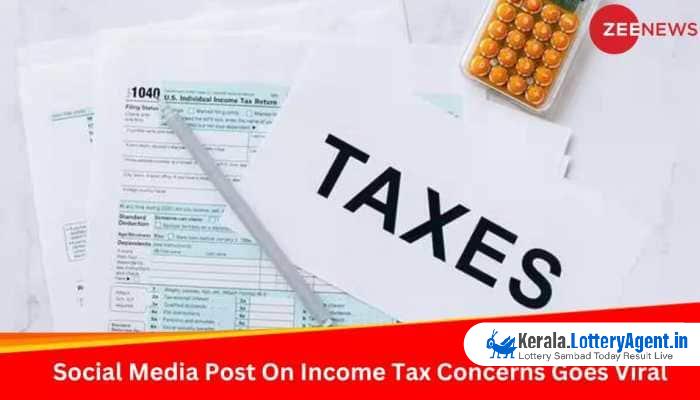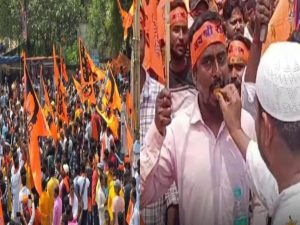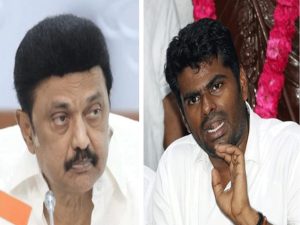
New Delhi: With the arrival of the tax season, social media platforms are abuzz with discussions on the topic. Among the latest to capture public attention is a post addressing the predicaments and challenges that confront India’s salaried class during income tax submission. This social media message has elicited strong reactions for its candid representation of what many individuals perceive as an imbalanced fiscal relationship between the government and taxpayers.
An individual with the moniker EngiNerd, recognized for sharing unique perspectives on prevalent topics, propagated this particular viewpoint across platform X, an emerging rival to Twitter. EngiNerd’s post delved deep into the frustration experienced due to what appears to be a disproportionate tax burden borne by salaried taxpayers.
With income tax slabs cresting at a substantial rate of 31.2 percent, many citizens find themselves paying a higher percentage of their earnings to the government coffers than what is used for personal expenses throughout the year. This dynamic has led to widespread dissatisfaction regarding the benefits—or the lack thereof—that taxpayers receive against the substantial amounts they contribute.
“The return on income tax paid is horrible in India, nowhere in the world is the salaried class exploited by the government like this,” stated EngiNerd in his impassioned post.
The social media dispatch paints a bleak picture for those who end up jobless, “You pay lakhs of rupees in tax, and if you lose your job the next year, you don’t even get anything in return. You’re left stranded,” the post pointed out, drawing attention to the stark realities faced in times of unemployment.
EngiNerd’s post did not just outline the challenges but also concluded with potent suggestions, advocating for a system where salaried taxpayers receive some form of priority in government-related services, such as securing railway ticket reservations and smoother facilitation in government offices.
“If nothing else, give income taxpayers some priority in getting railway tickets reserved, some priority in getting their job done in government offices,” EngiNerd appealed, underscoring a plea for greater acknowledgement and support for the diligent, tax-paying populace. The post accentuated the divide between those dependent on government rations for sustenance and the employed individuals whose taxes support such welfare measures, emphasizing the exploitation of the latter group.
The post struck a chord across the internet, inciting myriad responses and igniting a conversation around the existing taxation framework. Social media users chimed in, addressing unadjusted tax slabs despite inflation, stagnant limits under the 80C deduction, and the ludicrous situation of being penalized for negligible, unreported income.
Some comments reflected on the struggles of the middle class in the face of these taxation policies, while others took to satire, proposing exaggerated tax hikes paired with sarcastic appreciation for taxpayers. Voices in the digital echo chamber called out the taxation regime as a “loot and a scam,” suggesting that the lack of sufficient incentives to pay tax and hefty rates could dent India’s growth story and lead to the migration of High Net-worth Individuals (HNIs) every year.
This story serves as a microcosm of the broader fiscal discontent brewing within a significant segment of the populace. As these conversations proliferate in the public domain, they not only offer a window into the collective psyche of a tax-paying citizenry but also signal an essential dialogue that may shape future tax reforms and financial policy directions in India.












